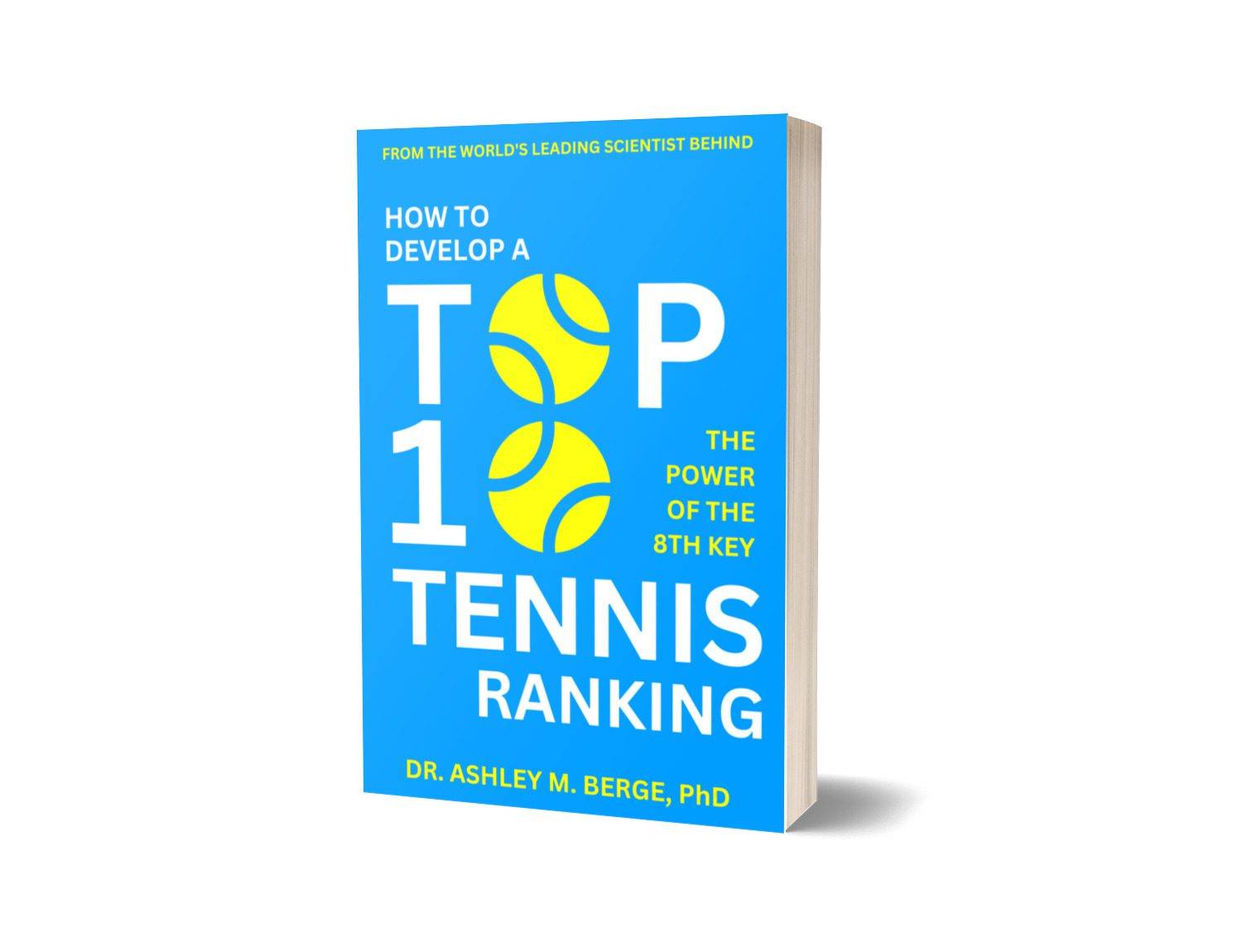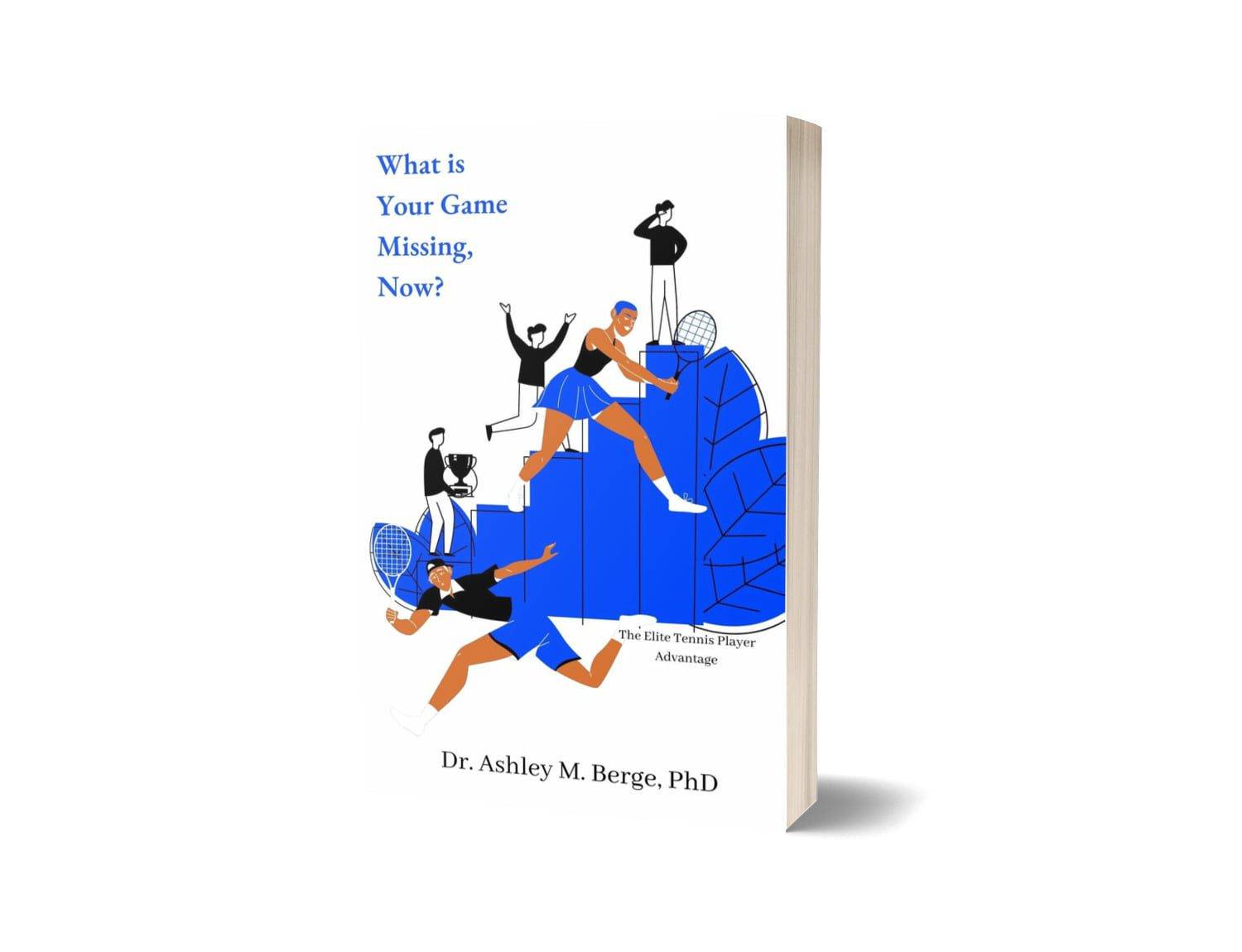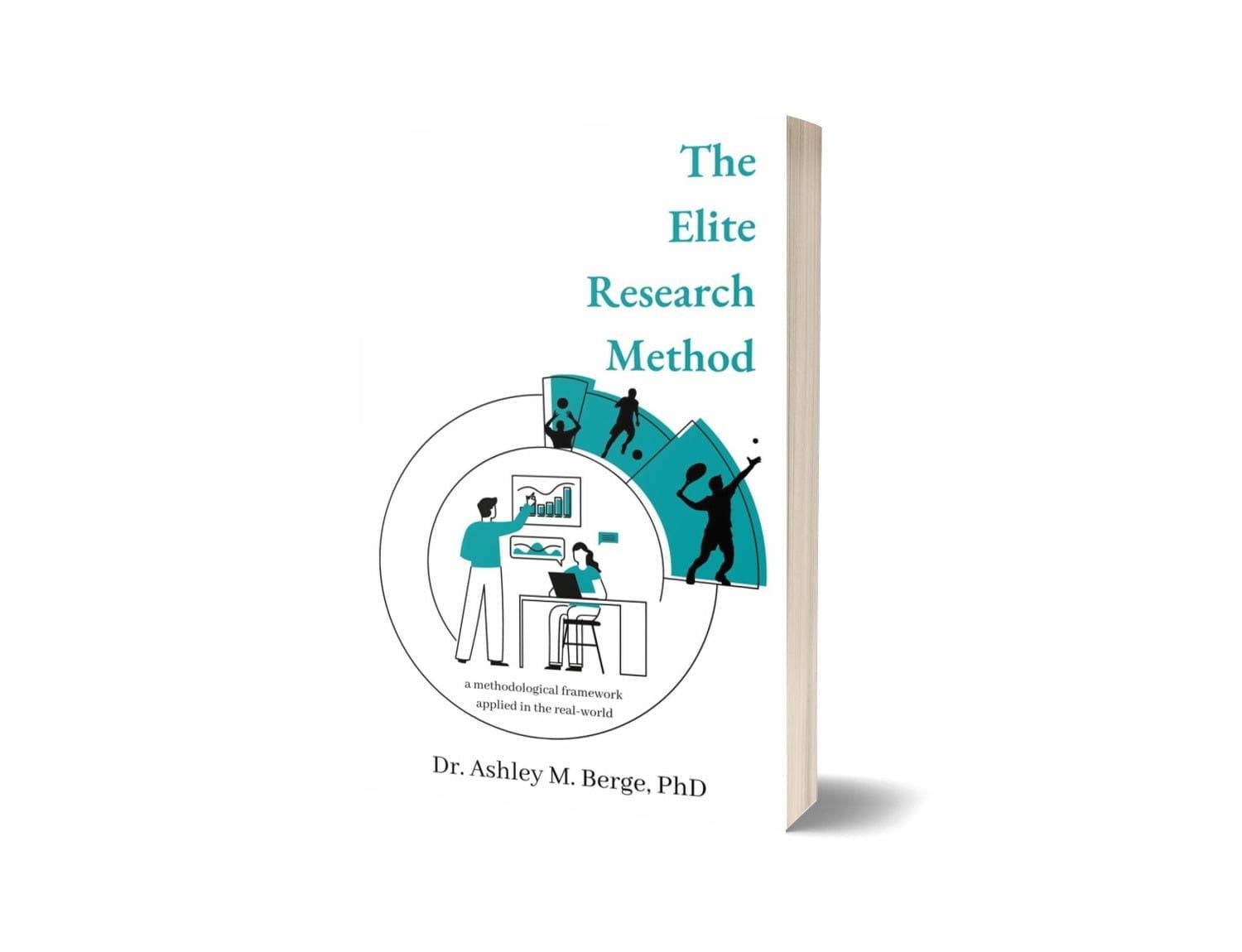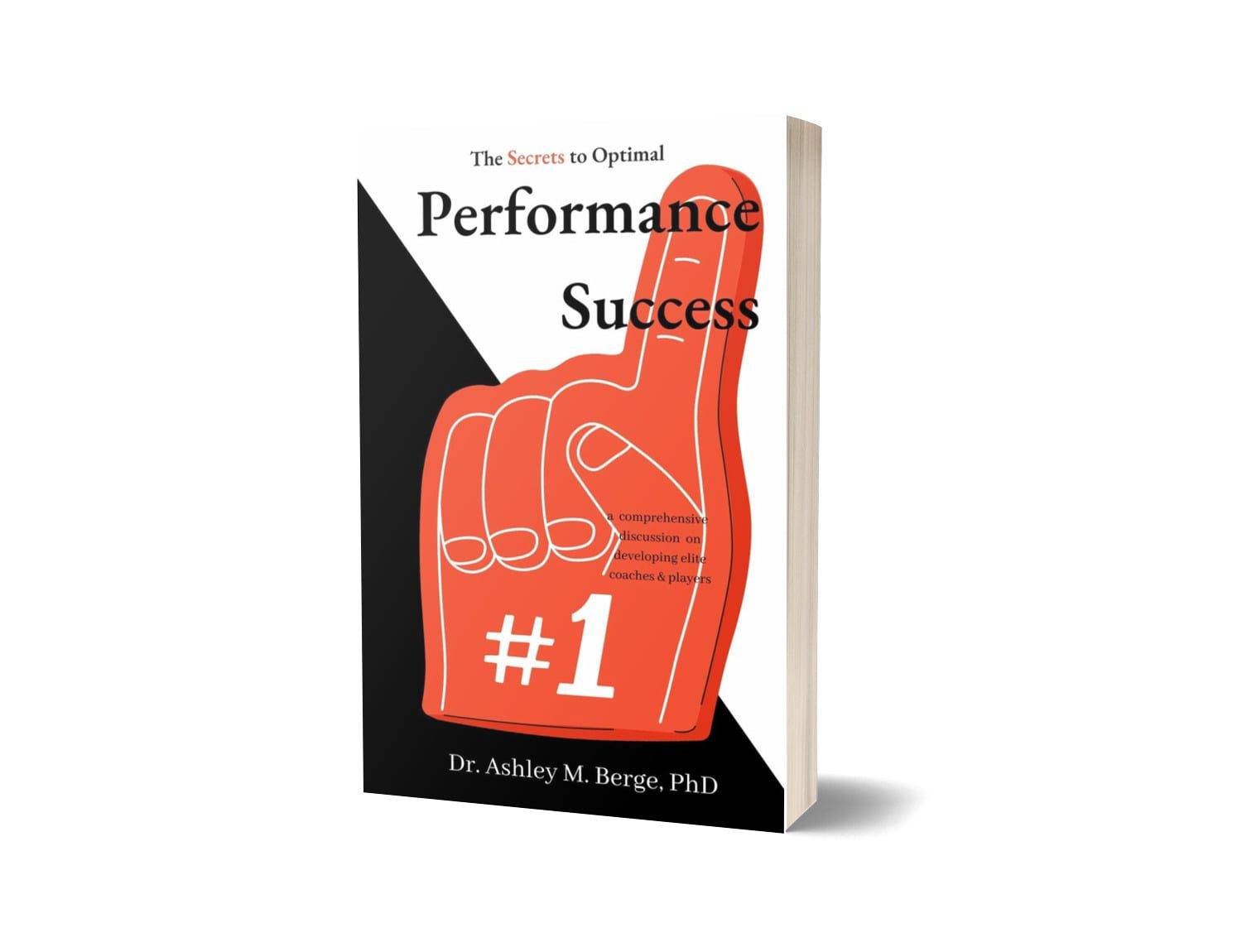
It is important to preface this segment by sharing that if you’re experiencing a form of addiction, please consult your local physician / GP for steps to put in place to help you overcome these behaviours. The following is not medical advice, it is based on science (behavioural) coupled lived experience.
Addiction is more often than not associated with quite drastic outcomes to behaviours and the underlying and/or more subtle addictions that can come about in the daily lives of adolescents to teenagers when they’re not receiving the attention they seek are often overlooked. An example in the sports coaching context for the tennis player may be over-training to carrying an injury without sharing — for fear of ‘loss’ of training. However, there are also more widely known addictions that may present themselves away from the training grounds that coaches can become privy to if they put the work in to build trusting/trustful relationships with their players that can also allow the coach in turn to ‘ring the alarm’ with a player’s and/or child’s parent/guardian.
There are a multitude of signs a coach can look for from a behavioural perspective and coaches are in a unique position to play their part to combat these more concerning behaviours. It is also pertinent to remember some players will be more susceptible than others due to their environment and the ‘training grounds’ (i.e. tennis courts) is one such area that can mitigate these vulnerabilities to susceptibilities with the right guidance, support network and structures than work in unison to condition the player/athlete to build more robust foundations as they transition through their younger years into adulthood.
This is one core topic that is rarely addressed that when the training environment is well-rounded it can play such a positive part in a child’s life whilst also building behavioural responses that can allow them to better cope when put in more pressurised environments away from the training grounds i.e. at-risk and/or vulnerable environments that may lead to and/or contribute towards an addiction. As a huge proponent for sports participation, one such text — What is Your Game Missing, Now? begins to address the social implications of reduced sports participation to increasing the rate of active populations.
It is well documented that active (physical) hobbies — whether casual or for the more dedicated, have incredibly positive benefits for both physical health and mental health.
Whilst the role of mental health and the tennis player has previously been touch on, the presence and/or susceptibility to addiction is new. And whilst from a societal perspective it is also well-documented that addictions are a part of our communities, that isn’t to say that the sporting athlete and with that, the tennis player, is not at-risk at developing an addiction. By all means through participation the risks are lowered, but a proactive coach that builds trust and is conscious of the signs, can not merely be a sounding board to confidant in times of need by building the triangular relationship (refer to the coach-parent relationship) this also affords a best-practice protocol when keeping a healthy eye on a child’s overall physical and mental health and preparedness to discuss and/or address the role of addiction in sport and how coaching plays an integral part in the players/athletes development.
To learn more about Addiction and Coaching: for the Tennis Player, head on over to Beyond Top 10 Tennis and head to Episode 31. More? Catch up on our Tips over on TikTok, Twitter, Threads or Instagram for quick snippets to apply in your game, today.
















